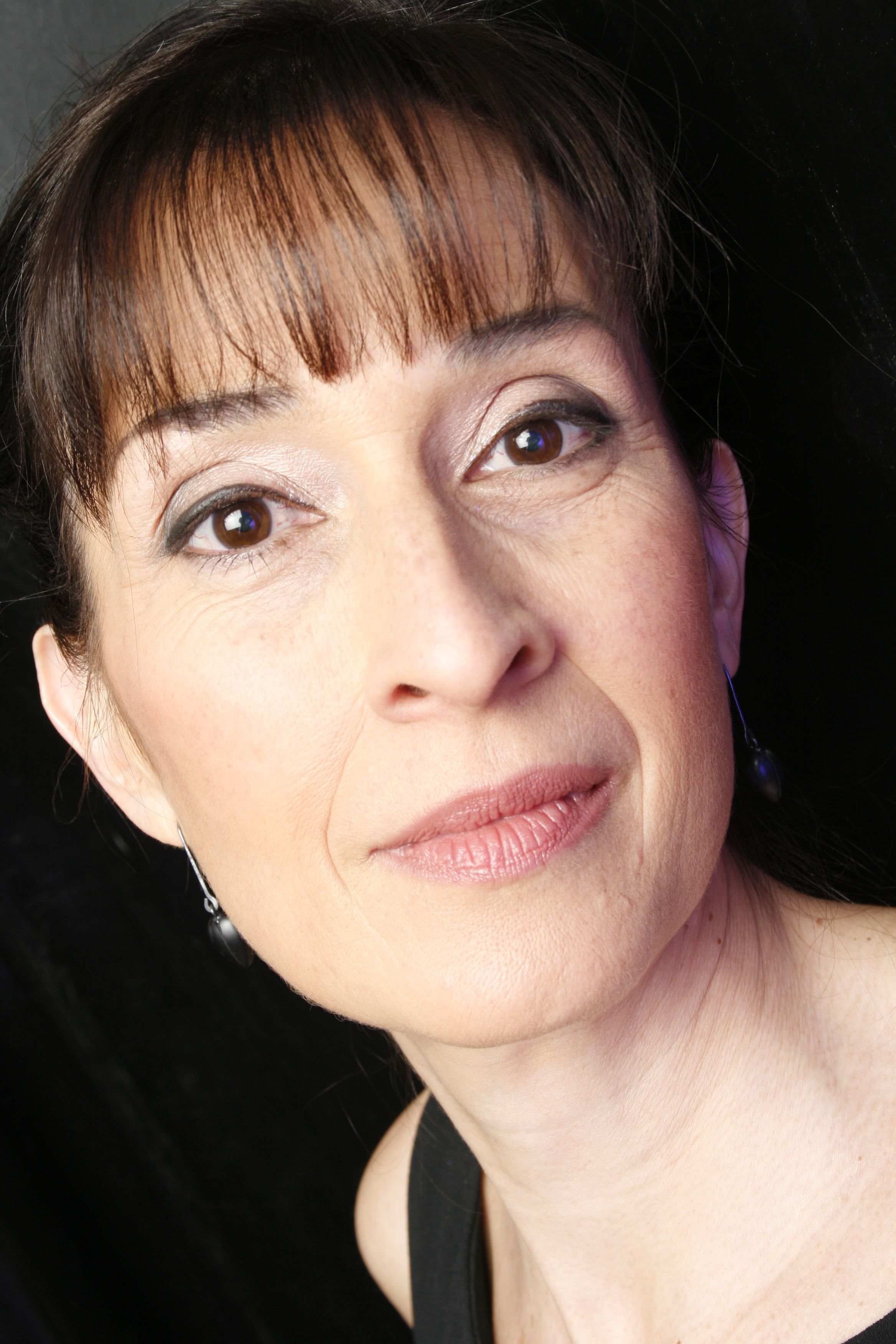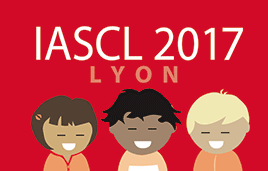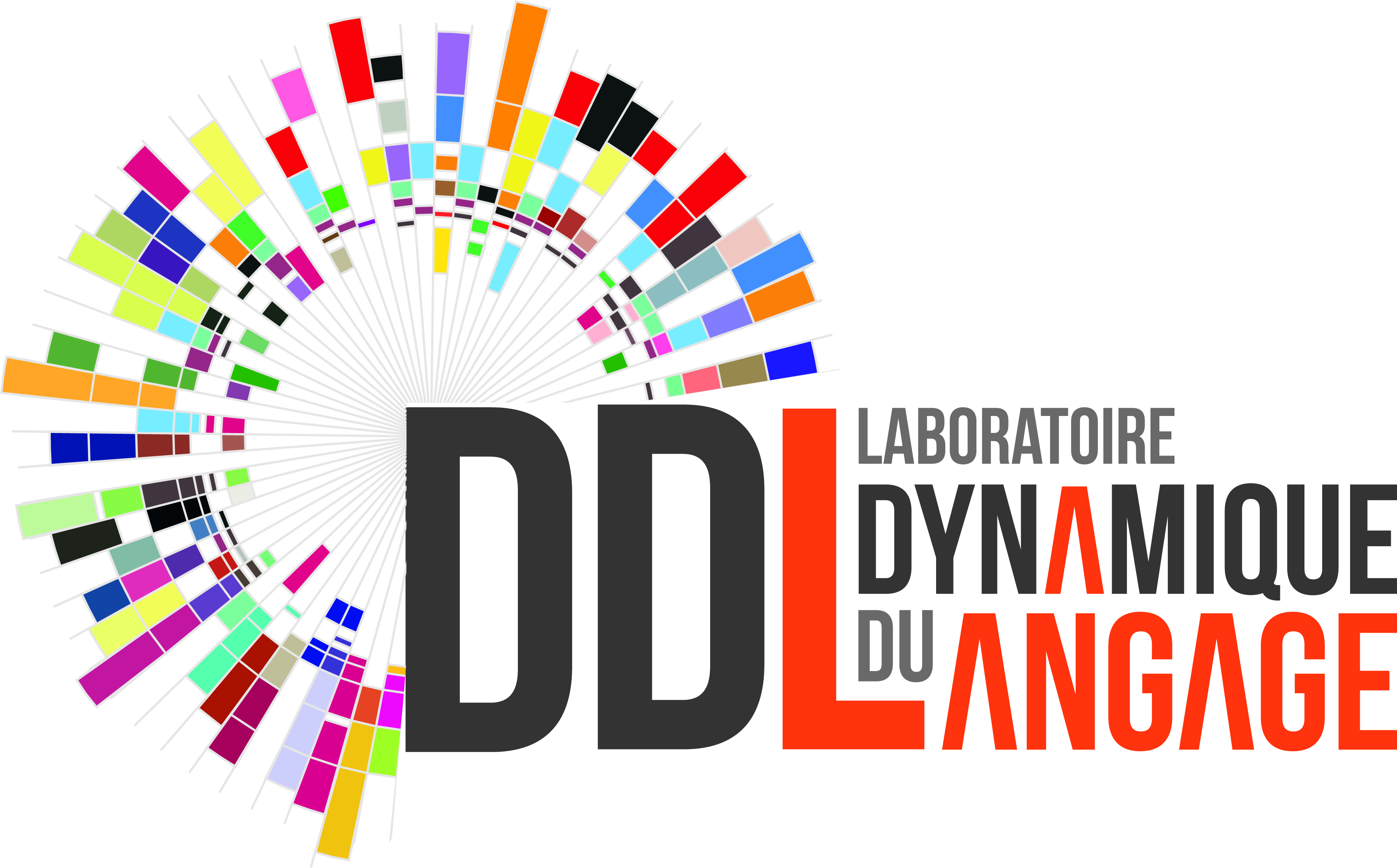Plenary Speakers
The special emphasis topic of the meeting is on "First language acquisition in a lifespan perspective".
 |
Sharon Peperkamp http://www.lscp.net/persons/peperkamp/publications.html Monday, 17. Grand Amphi. Bottom-up and top-down information in infants’ early language acquisition Decades of research have shown that before they pronounce their first words, infants acquire much of the sound structure of their native language, while also developing word segmentation skills and starting to build a lexicon. The rapidity of this acquisition is intriguing, and the underlying learning mechanisms are still largely unknown. Drawing on both experimental and modeling work, I will review recent research in this domain and illustrate specifically how both bottom-up and top-down cues contribute to infants’ acquisition of phonetic categories and phonological rules. |
 |
Asli Ozyurek http://www.mpi.nl/people/ozyurek-asli Tuesday, 18. Grand Amphi. What do the hands tell us about language development? Insights from development of speech, gesture and sign across languages Most research and theory on language development focus on children’s spoken utterances. However language development starting with the first words of children is multimodal. Speaking children produce gestures accompanying and complementing their spoken utterances in meaningful ways through pointing or iconic gestures. Secondly, children learning a sign language use the visual modality (i.e., hands, face and body) to fulfill all linguistic functions at different stages of language development. In this talk I will present recent research on the role visual modality plays both in spoken language development accompanied by gestures as well as in development of sign languages- bringing findings from two fields of research together and how tehy inform each other. This broader multimodal view shows that expressive affordances of visual modality, allowing for iconic representations and visible indexicality in gesture or sign, provide, children alternative routes and stepping stones in language development than speech does alone. I will also show that visual modality might fulfill different functions in language development depending on the language type. |
 |
Marc Bornstein http://irp.nih.gov/pi/marc-bornstein Wednesday, 19. Grand Amphi. Sex and Stability in Early Child Language Two enduring features of early child language are moderation by gender and stability of performance over time. In this talk I address both. First, many reports indicate that girls outperform boys in language, but on what measures, under what conditions, and for how long in development are still open questions. Second, I draw on several large scale, prospective, longitudinal studies to explore stability of individual differences in multiple age-appropriate multi-source measures of child language from infancy through adolescence. I also document the robustness of stability in language development across child language, gender, birth status, ethnicity, and socioeconomic class. These considerations of sex and stability lead to concrete recommendations concerning early intervention to improve lagging language in young children and consequences for child mental health. |
 |
Gina Conti-Ramsden http://www.manchester.ac.uk/research/Gina.conti-ramsden/publications Thursday, 20. Grand Amphi. Language disorders: What do they tell us about child language development? Over three decades of research on language disorders have yielded a wealth of thought-provoking evidence regarding the nature and developmental course of language learning in children. In this talk I will discuss how key findings in language disorders help us further specify processes involved in children’s language learning as well as help us clarify the role of oral language in other academic and developmental processes. |

| Monika Schmid http://www.essex.ac.uk/langling/staff/profile.aspx?ID=3396 Friday, 21. Grand Amphi. What is "complete" L1 acquisition? On the age factor in heritage language development and first language attrition Investigations of both the development and the ultimate proficiency in the home language of speakers who become bilingual in the period between birth and the onset of schooling tend to reveal substantial differences between such heritage speakers and monolingual natives. On the other hand, speakers who acquire a second language after around the age of twelve tend to experience rather limited (albeit quite consistent) L1 attrition effects, even in situations where the L2 becomes the main language of communication and daily life. Between these two populations there exists a substantial research gap, with very few studies investigating the development of L1 proficiency and attrition of speakers who experience language dominance reversal between school age and puberty. I will review the limited evidence on this age period and discuss it in the light of findings on heritage language development on the one hand and language attrition on the other. I argue that a more comprehensive approach to L1 development in bilinguals, encompassing a perspective of the full AoA range from birth to adulthood, can provide important insight into the nature of the bilingual language capacity. |







